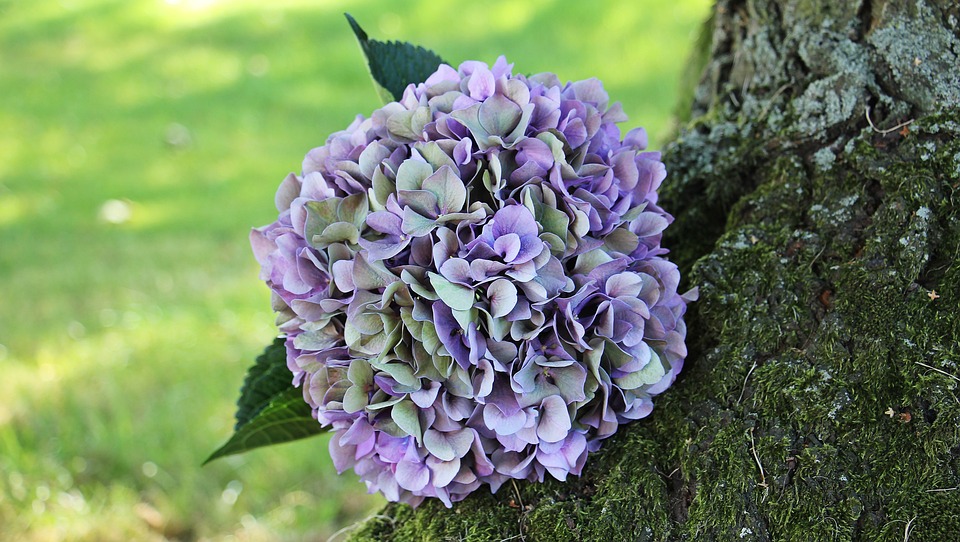Introduction
Maintaining a healthy and vibrant lawn requires more than just regular mowing. While mowing is essential to keep your grass at an appropriate height, there are various other lawn care techniques that can enhance the overall health and appearance of your yard. In this article, we will explore innovative lawn care techniques that go beyond mowing. By implementing these methods, you can achieve a beautiful and sustainable lawn while minimizing the use of chemicals and reducing water consumption.
Subsection 1: Aeration
Aeration is a technique that involves creating small holes in the soil to allow air, water, and nutrients to reach the grassroots. This process helps alleviate soil compaction, which can hinder grass growth. By aerating your lawn, you can enhance its ability to absorb water and nutrients, leading to healthier and stronger grass. Consider aerating your lawn at least once a year, especially if it experiences heavy foot traffic or suffers from soil compaction.
Subsection 2: Overseeding
Overseeding involves spreading additional grass seed over existing turf to boost its density and fill in thin or bare areas. This technique helps create a lush and full lawn by introducing new grass varieties that can better withstand pests, diseases, and environmental stressors. Before overseeding, it is vital to prepare the soil properly by removing debris and thatch, and ensuring the surface is loose and receptive to seed germination. Regular watering and avoiding foot traffic on newly seeded areas are crucial for successful overseeding.
Subsection 3: Watering Techniques
Watering plays a crucial role in maintaining a healthy lawn, but it is essential to use water efficiently. One innovative technique is known as deep watering. Instead of frequent shallow watering, deep watering infuses the soil with water to encourage deep root growth. This helps grass become more resilient to drought conditions. It is recommended to water your lawn in the early morning or late afternoon to minimize evaporation and allow the grass blades to dry before nightfall, reducing the risk of disease.
Subsection 4: Fertilizer Application
Applying fertilizer is a common practice in lawn care, but innovative techniques can optimize its effectiveness while minimizing environmental impact. Slow-release fertilizers provide a steady supply of nutrients to the grass over an extended period, reducing the risk of nutrient runoff. Additionally, utilizing organic and natural fertilizers can avoid the use of harmful chemicals and promote long-term soil health. It is crucial to follow recommended application rates and schedules to prevent over-fertilization and potential damage to the lawn.
Subsection 5: Integrated Pest Management
Integrated Pest Management (IPM) is an eco-friendly approach to pest control that emphasizes prevention, monitoring, and the use of less harmful pest control methods. By focusing on cultural practices such as proper watering, mowing, and promoting a healthy soil ecosystem, you can reduce the chances of pest infestations. Additionally, utilizing biological controls like beneficial insects, such as ladybugs or nematodes, can help control pests naturally, minimizing the need for chemical interventions.
Subsection 6: Alternative Lawn Options
For those looking to reduce maintenance and water consumption, alternative lawn options provide innovative solutions. Xeriscaping involves using drought-tolerant plants, grasses, and groundcovers that require minimal watering. This technique not only saves water but also reduces the need for mowing and chemical inputs. Another option is replacing traditional lawn areas with native meadows or wildflower gardens, which support biodiversity and provide habitat for pollinators.
FAQs Section
Question 1: How often should I aerate my lawn?
Answer: It is recommended to aerate your lawn at least once a year, especially if it experiences heavy foot traffic or suffers from soil compaction. However, certain grass types and soil conditions may require more frequent aeration.
Question 2: Is overseeding necessary for a healthy lawn?
Answer: Overseeding can significantly improve the health and appearance of your lawn by filling in thin or bare areas and introducing new grass varieties. While not absolutely necessary, overseeding is highly beneficial, especially for lawns that are struggling with pests, diseases, or environmental stressors.
Question 3: What is the best time to water my lawn?
Answer: The best time to water your lawn is in the early morning or late afternoon. Watering during these times reduces evaporation and ensures that the grass blades have ample time to dry before nightfall, minimizing the risk of disease development.
Question 4: Can I use homemade organic fertilizers for my lawn?
Answer: Yes, homemade organic fertilizers can be a great choice for your lawn. Materials such as compost, grass clippings, or organic matter from kitchen waste can provide the necessary nutrients while improving the soil structure and health.
Question 5: What are the benefits of xeriscaping?
Answer: Xeriscaping offers numerous benefits, including reduced water consumption, minimized maintenance, and decreased reliance on chemical inputs. It also provides an opportunity to create visually pleasing landscapes with drought-tolerant plants and promotes environmental sustainability.




